How Amazon are changing the game in Audio Streaming and Advertising

In the dynamic landscape of advertising, the evolution of technology has continuously reshaped the way businesses connect with their audiences. One significant transformation that has taken place over the years is the shift in advertising strategies within audio channels. From traditional radio broadcasts to the booming world of podcasts to smart speakers changing how we access and consume music; advertisers have adapted their approach to stay relevant in the ears of their audience.
The roots of audio advertising can be traced back to the early days of radio, where sponsored programmes and jingles ruled the airwaves. Brands recognised the potential of reaching a mass audience through this emerging medium and utilised catchy slogans and memorable tunes to etch their names into the minds of consumers.
As technology advanced, so did the avenues for audio advertising. The advent of digital audio and streaming services revolutionised the way people consumed content. With platforms such as Spotify, Amazon Music and Apple Music, advertisers are able to gain access to highly targeted audiences based on users' music location, musical preferences, real time context and general demographic factors.
With the proliferation of voice-activated devices like smart speakers and virtual assistants, advertisers have embraced voice technology as a new frontier for audio advertising. Brands can create interactive and conversational experiences, allowing users to engage with content through spoken commands. This personalised approach enhances user experience while presenting new opportunities for advertisers to connect with consumers.
The companies that own the infrastructure of how consumers access music are set to be the winners in the long term. Amazon are by far the best placed to take advantage of this shift in accessing music in the home.
33.2m Adults listen to audio online every week and 67% of those use voice assistance to listen to music. With Amazon Echo owning 73% of the UK smart speaker market, which default to Amazon music, you can see how they are in prime position to dominate.
So, it’s clear that Amazon have a huge advantage in terms of the product infrastructure but how do they complete in terms of platform market share today? Spotify are winning this battle with 30% of the market however Amazon are nestled in second place, claiming 13% of listeners ears.
The huge advantage that Amazon have is that they can leverage the Amazon Prime subscription service to make Amazon music free to its customers. Some people will remain loyal to their favoured platform, but assuming you are able to access the music you want to listen to, then not paying is a huge draw for Amazon Music.
For advertisers this is going to provide a welcome alternative to Spotify and we can look to the recent announcement of ads on Amazon Prime Video, for clues to how this will work.
Ads across Amazon music integrate seamlessly with the broader Amazon Advertising ecosystem. This means that Amazon DSP will be the central platform for advertisers to employ a holistic approach, combining Display, Video and Audio advertising to create a cohesive campaign strategy. The ability to manage and optimise campaigns across various formats via. a single interface will enhance efficiency, allow for a more cohesive brand message, and drive performance further down the funnel.
In conclusion from the early days of radio to the current era of podcasts, streaming services, and voice technology, advertisers have continually innovated to capture the attention of their target audiences. As we move forward, we see Amazon becoming a major player in the audio advertising world, giving advertisers scale, granularity of targeting and advanced measurement that will be hard to beat.
Plug Media - Your sustainable partner in programmatic excellence and innovation


